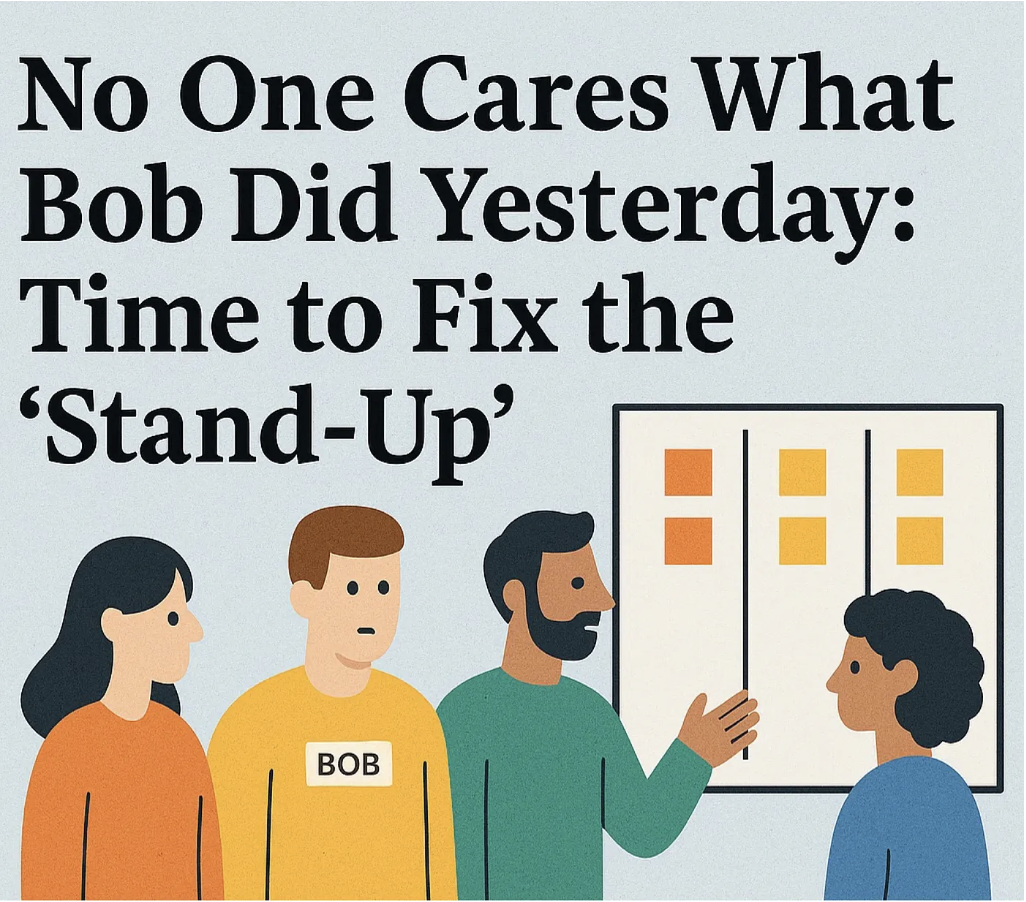Did You Take Care of the Cake? Or, How I was Reminded of Work Item Age
Day 1: The promise
It’s my daughter’s birthday next week. Big moment. I want to make it special, so I decide to order an amazing cake. A true pastry masterpiece.
I place an order at a well-known bakery. “No problem, sir, we’ll keep you posted.”
Perfect. I check it off my to-do list.
Done.
Or so I think...
Day 3: The little voice
My wife casually asks, “Did you take care of the cake?”
Me, confidently: “Yes, it’s in progress.”
She presses: “In progress how? Any updates? An email? A deposit?”
And that’s when I realize: I have no idea what’s been happening since I clicked “Submit”, apart from that automatic email.
Day 5: The red alert
I decide to call. Voicemail. I go to the shop.
“Oh… we haven’t started yet, we were waiting for confirmation on the flavor. Didn’t we leave you a voicemail?”
Panic. Only two days left.
The cake has been aging without anyone noticing.
The Moral of the story? I should’ve been tracking the cake’s age.
What I experienced is exactly what happens in product, tech, design or ops teams:
- We start a work item.
- We assume it’s progressing.
- But actually… it’s idle, blocked, waiting for someone to help
And the more time passes without checking, the riskier it gets to be delivered late or even too late.
That’s what Work Item Age is:
- The number of days a work item has been “in progress” without being completed.
And just like with the cake, it’s the age, not the title that should catch our attention.
Because an item that’s been “in validation” for 10 days in a column where 80% of the times it goes through that stage in 2days…
That smells like birthday disaster.

How to avoid this in your work system?
- Display the age of each work item on your board. Not just the title. The age. Big and bold (or create or use a tool to have a work item age chart)
- Compare with historical data. If 85% of your items are done within 8 days, anything older is a red flag.
- Trigger alerts based on age. An icon, a color, an escalation policy—whatever works, as long as you can see it and react.
So now what!?
Just Remember - Work Item Age isn’t a vanity metric.
It’s your in-progress work GPS. It doesn’t just tell you where you are. It tells you if you’re about to miss your destination.
And believe me, whether it’s a cake, a user story, or a critical support ticket… Nobody likes last-minute surprises.



